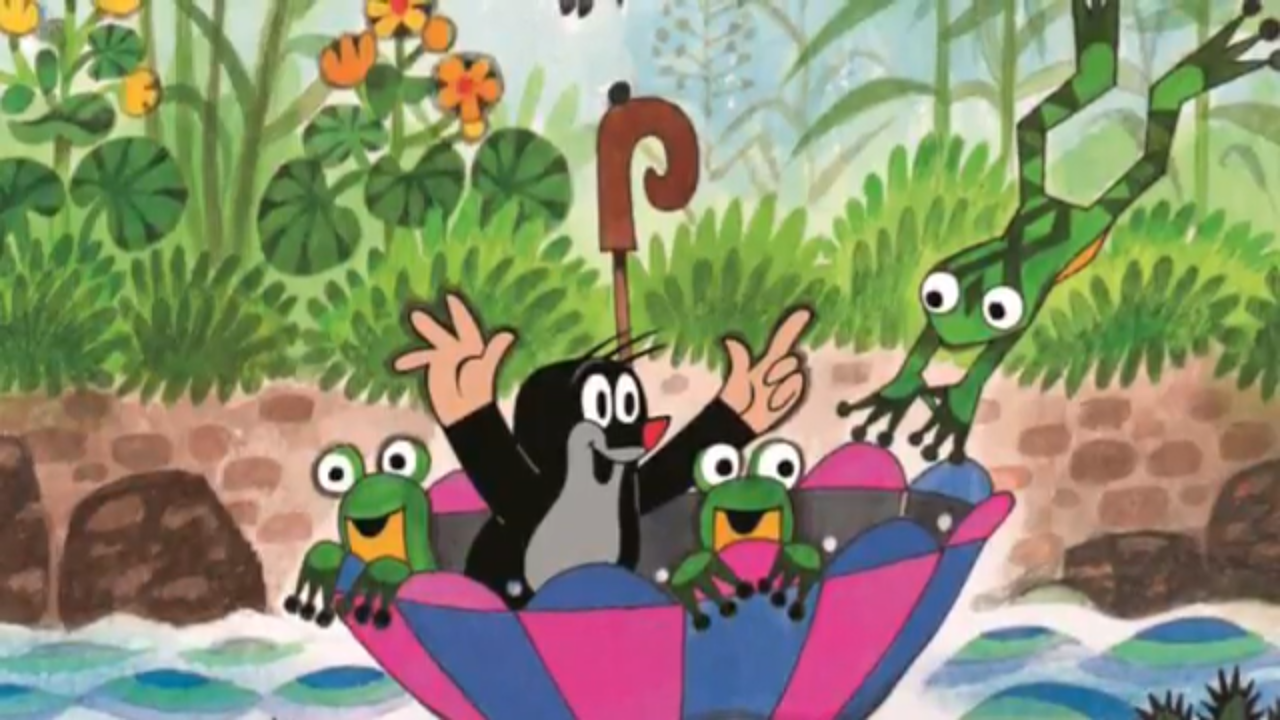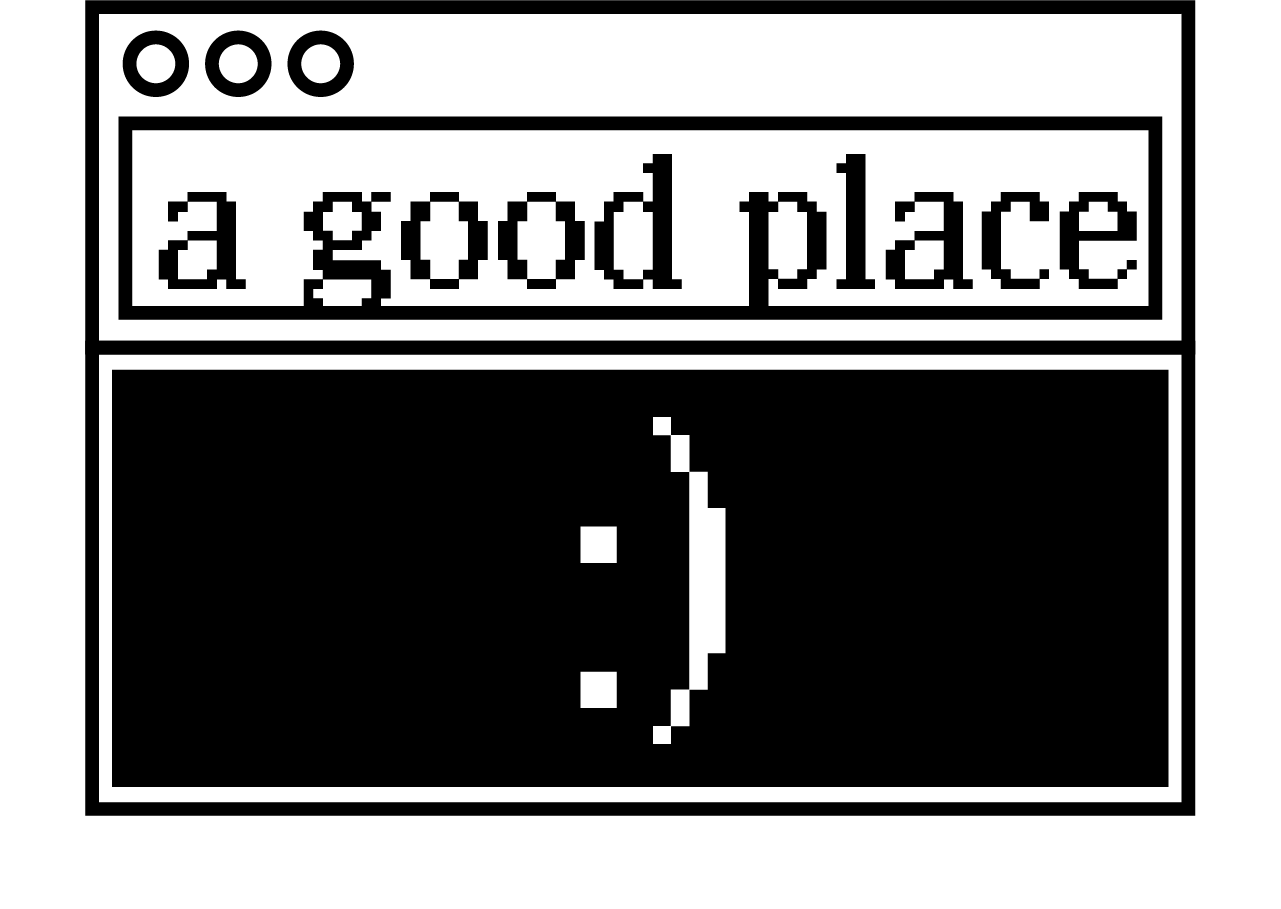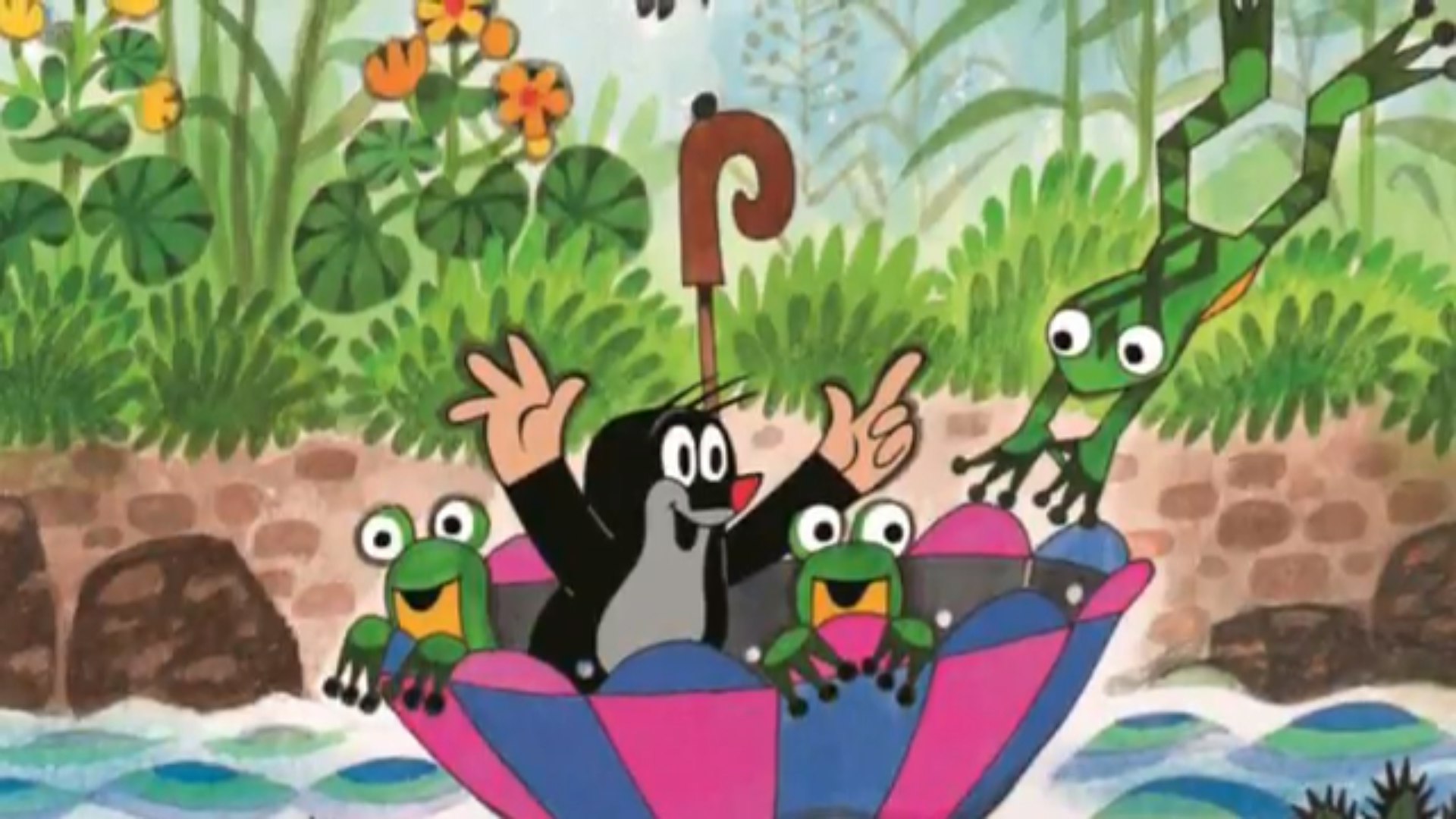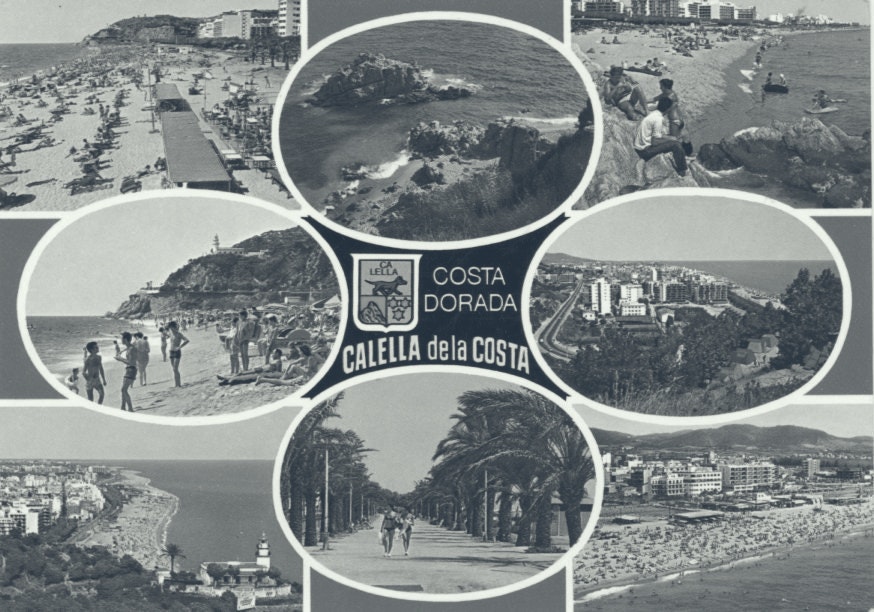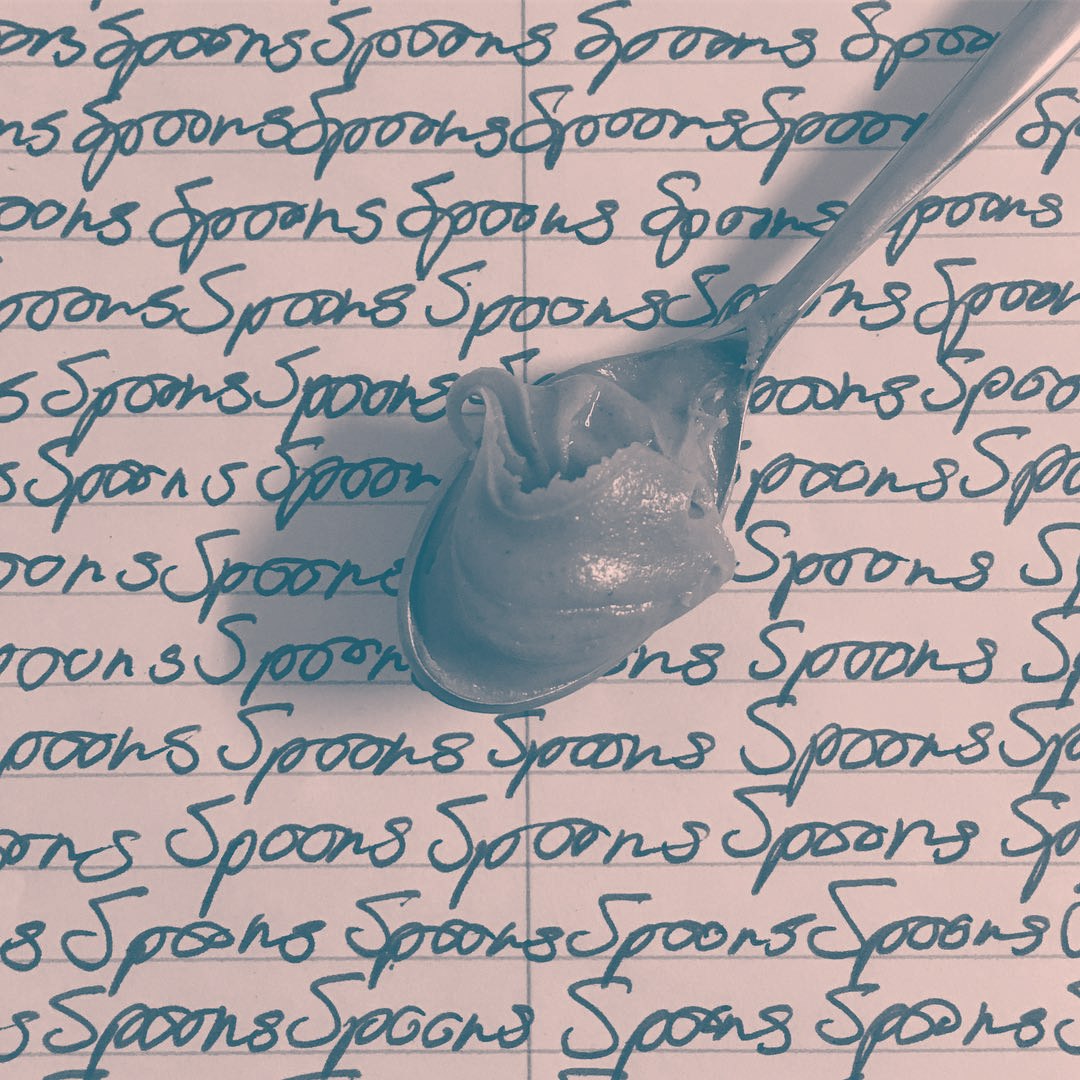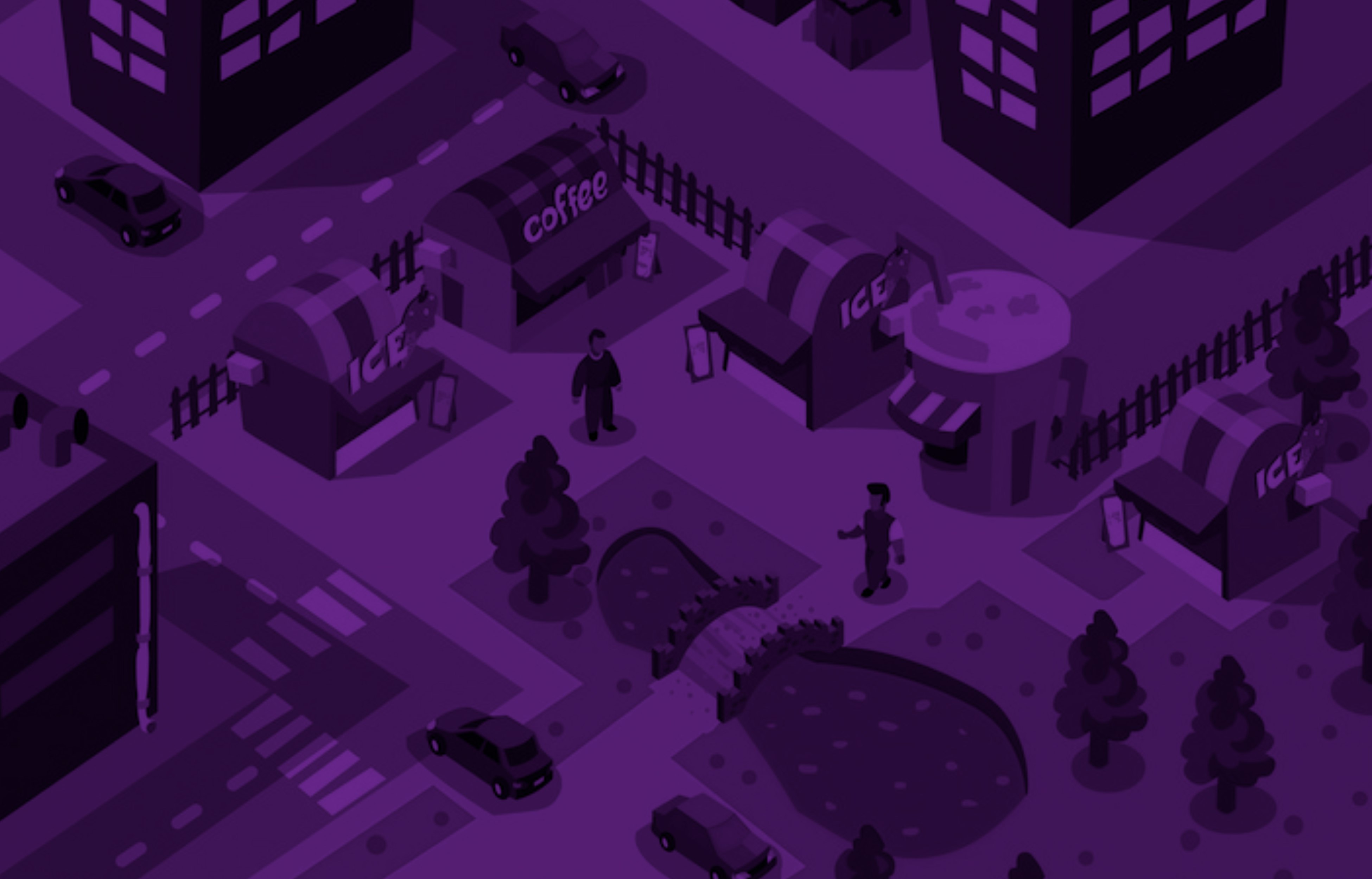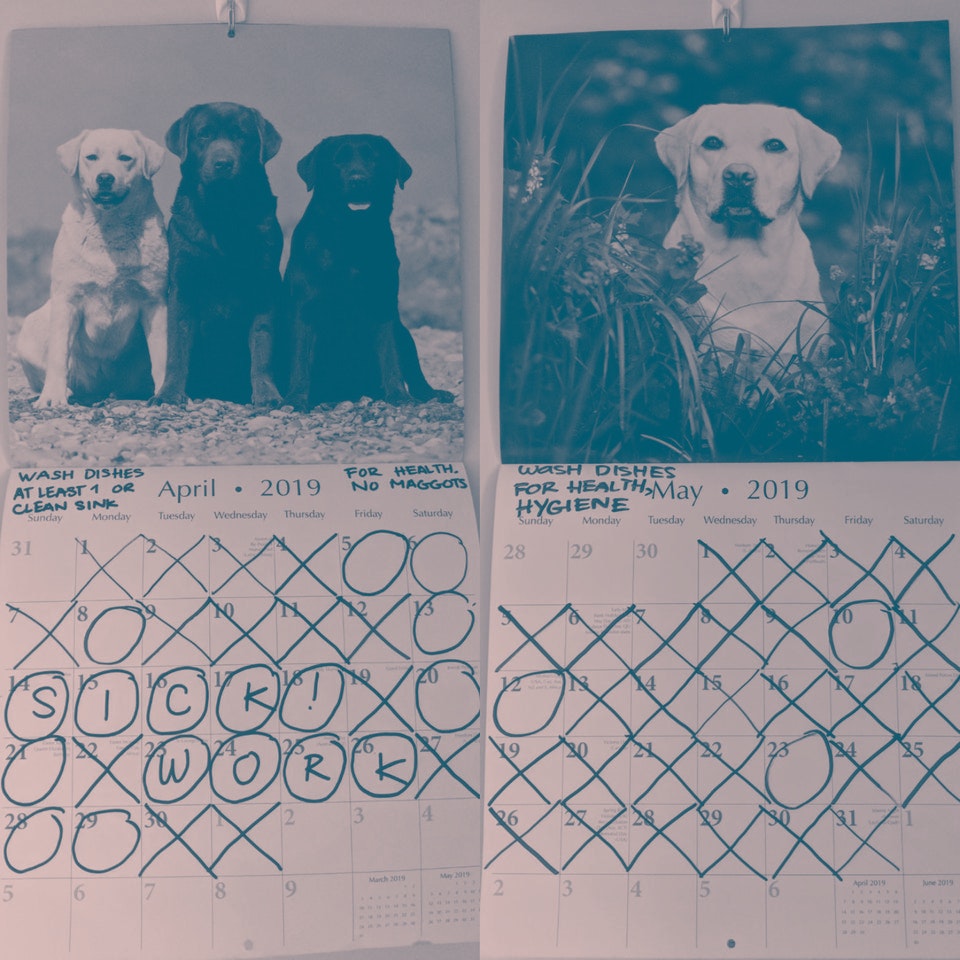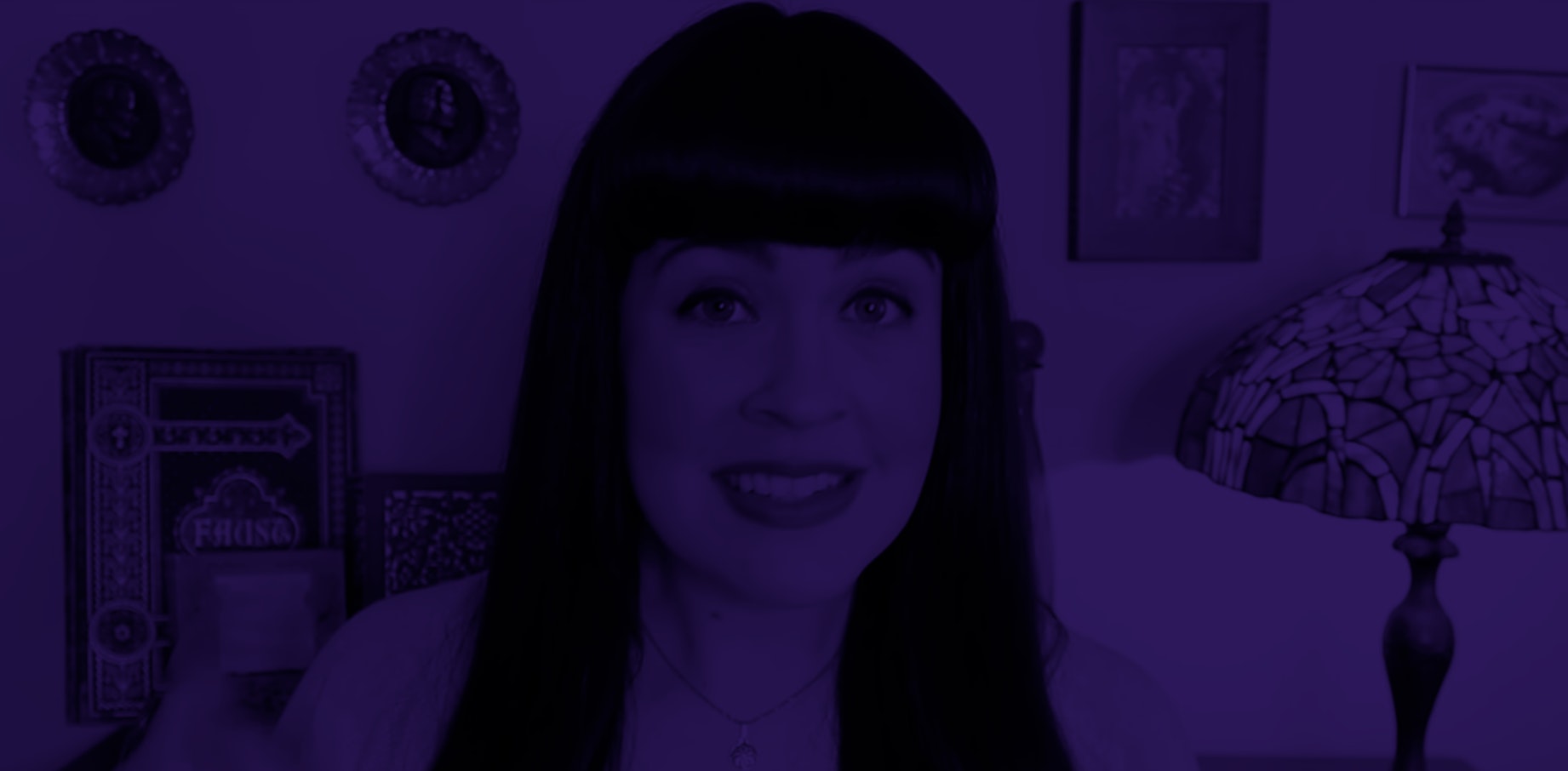but this place is just right.
Krteck, a strange and delightful small mole from Eastern Europe, lives primarily on two YouTube channels — FILMY ČESKY A ZADARMO and Krtek / The Mole. Alternately known as Krtek (Mole) and Kreteck (Little Mole), the Czech children’s animation chronicles the adventures of a highly relatable mole in meandering, dreamlike shorts. The cartoons, primarily produced between the late 1950s and 2000, were broadcast on evening television throughout the Soviet bloc, and later popularized in Western Europe.
As viewers, we identify with Krtek and discover the world of postwar industrial modernity through his encounters with technology. Yet, as Aniko Imre writes, the mole cartoon belongs to a television-memory culture that is distinct to Eastern Europe and shared by generations that grew up under state socialism.
An emissary from someone else’s socialist childhood, Krtek mediates between technology and the world of children. He befriends a telephone, crash-lands a rocket, and helps an injured bird get to a city hospital. Krtek breaks things in ridiculous ways (he pours cough medicine into a broken radio), but he is brave and creative, and is always kind enough to try to correct his mistakes.
The world of the little mole is not geographically located in any specific part of ours. Instead, it is a kind of placeless forest utopia. After the mole’s 1957 debut in “How the Mole Got His Trousers,” creator Zdenek Miler eliminated dialog so the stories could be exported beyond the borders of what was then Czechoslovakia, which gives the animations a strangely hypnotic quality. Miler’s characters, the forest’s tiny animal inhabitants, are humble and unlikely heroes. They communicate in nonfigurative sounds (funny noises made by Miler’s young daughters) and their lives are small and precarious. The show’s appeal is partly that it seems to take place somewhere beyond human language: an idyllic, bullshitless universe that we too might be able to inhabit.
I love the way Krtek says “Ahoj” (hello or goodbye) and raises his arms over his head when he gets excited, and how the instrumental music that fills the shorts (written by the Czech classical composer Vadim Petrov) and Miler’s expressive, old-fashioned style of low-frame-rate, almost stop-motion animation work together to seemingly slow down time. The little mole greets machines with the same wonder and fear that collectivizes our own confusion about technology, and watching the animations can feel like being transported to an era when the machines were possible to make sense of.
In the second short he stars in, titled, “Krtek a autíčko” (The Little Mole and the Car), Krtek finds a broken toy car a child has discarded, and slowly puts it back together. There is a level of moral instruction to this: as the little mole carefully repairs the toy, children are cautioned about the wastefulness of city life and mass consumption, but also encouraged to learn how things work. The automobiles function as an allegory for the larger mechanized world, and how it is at odds with the natural one — a leitmotif of the series, which is basically apolitical, but returns to concerns about the destruction of the environment and subtly critiques both consumer culture and the bureaucracy of Stalinist totalitarianism. The Krtek films are really vested in the imaginative power of dreams, its stories often guided by surrealistic dream-logic. Most of the action of “Krtek a autíčko” takes place in dreams and daydreams nested in one another, and watching the cartoons takes on a strange, hypnotic rhythm of its own.
The YouTube comments on Krtek’s videos indicate that I’m not the only one who still loves this little mole. “This brings a tear in my eye... I used to watch this when I was like 5-6 years old....” comments the Youtube user Mav Erick on “Krtek a paraplíčko” (“The Mole and the Umbrella”). “I'm from India,” he adds. “This was one of the first cartoon/animation I ever watched [sic] and I loved everything about it :) So it's kinda nostalgic coming back to it after all these years.”
“No understandable dialogue, yet one of the most iconic cartoons in europe,” user Moritz Langfinger comments on “Krtek a medicína,” a popular episode about the mole finding medicine for his girlfriend, a mouse. Atash Mlee writes: “favorite cartoon of my childhood ((greetings Azerbaijan!)”
The comment sections are filled with recollections like these — of growing up watching the cartoon in Russia, Bolivia, East Berlin, the U.K., Baghdad. The Krtek films popularity, writes Riikka Palonkorpi, “resulted in a culture shared by a whole generation of both East and West European children.”
The way the internet slowly rots your brain can produce what Arjun Apparduai calls an “ersatz nostalgia” — nostalgia without memory, a longing fabricated to induce consumption. But I also think technology and the speed and simultaneity of the present can make us nostalgic for another way to relate to the past, or another past that would be better to relate to. Krtek was beloved in a way I’m not sure is possible anymore. But as I stream the little mole’s peculiar adventures in a zoo, a movie studio, and a city that resembles East Berlin via an isolated browser tab, I’m able to momentarily step into a childhood that was not my own.
